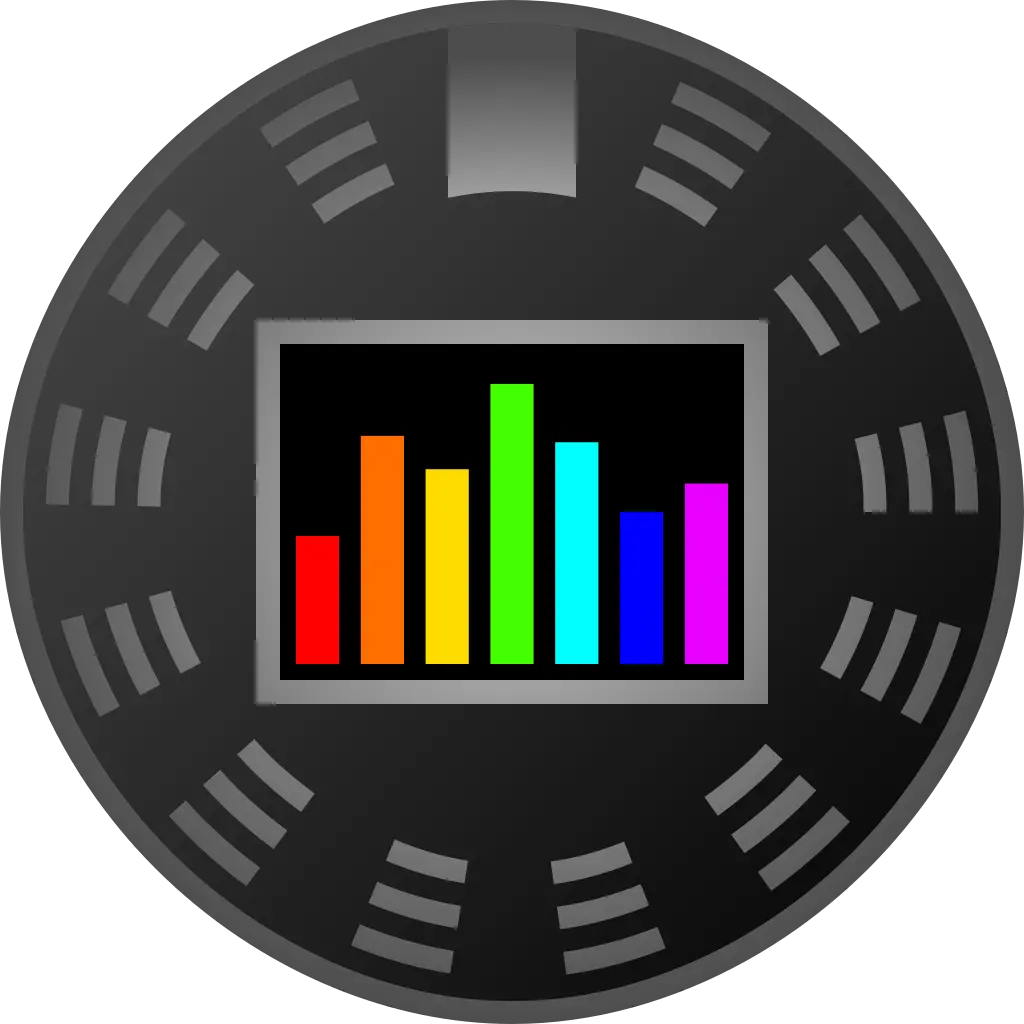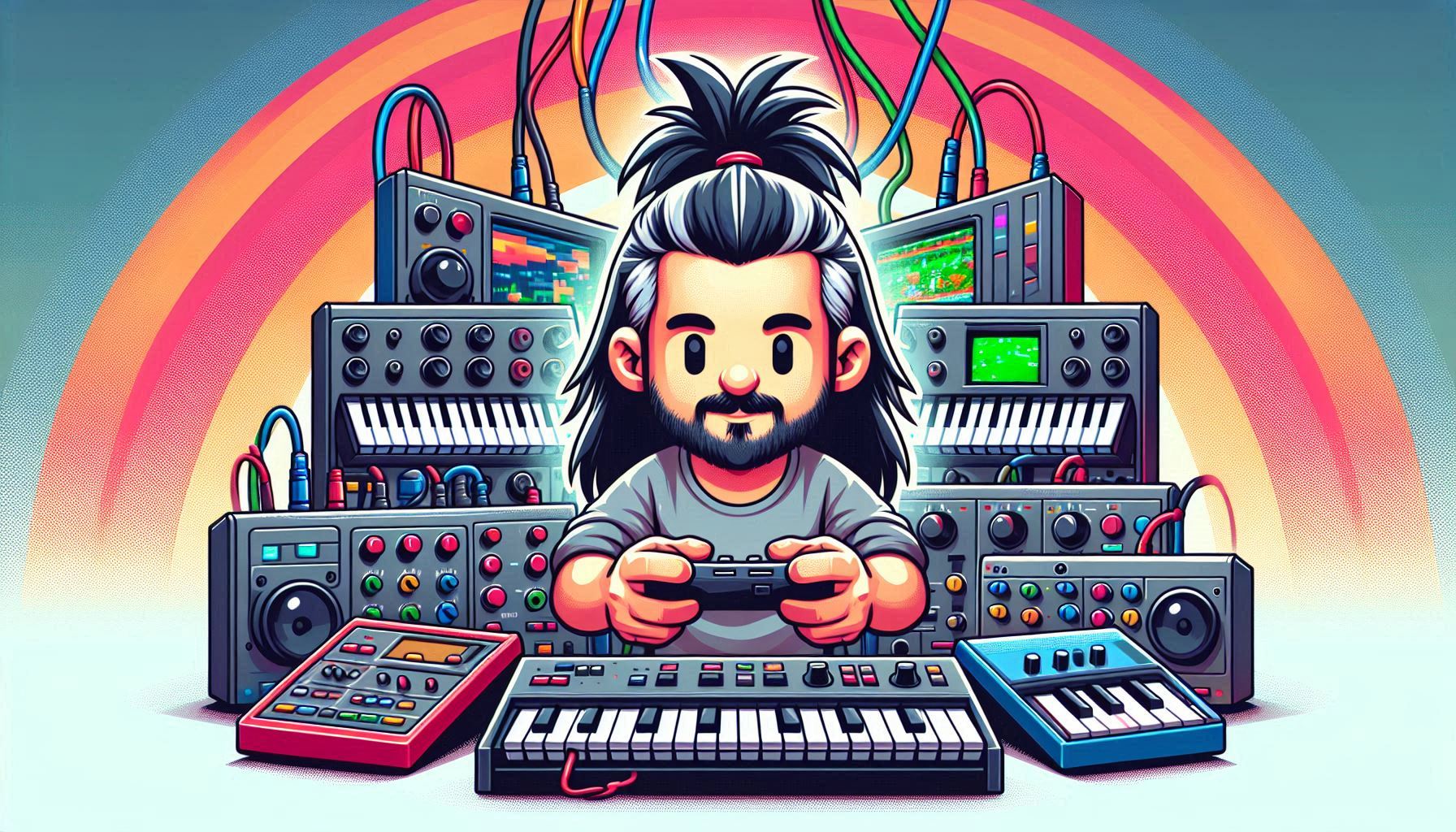- cross-posted to:
- technology@lemmy.world
- technology@lemmy.world
- cross-posted to:
- technology@lemmy.world
- technology@lemmy.world
Only halfway in and it’s already very interesting and too much for me to summarize but I do love the idea of subtly releasing music to poison models.
The demonstration at 15:07 is a good preview but the entire video is worthwhile.
Or 22:25 for a more malicious use of this tech.
Edit: fixed timestamped links.
The quote of kWh usage is way too high to make this practical right now. Very promising tho, I’ll be giving this a shot if they can bring it down to a single GPU.
Some things to consider with regards to software like this. If music can be heard, it can be scraped, period. Even if you put up barriers on major streaming platforms or embed “anti-AI” tags, all it takes is:
-
Someone recording the audio with a mic (analog loophole)
-
A downloader that bypasses the protection (e.g., YouTube-dl)
-
A source that doesn’t respect the protections (pirate sites, leaks, live audience recordings)
If a human can access it, an AI can be trained on it, even secondhand, and unlike traditional use cases where clean, labeled data is critical, AI models can learn from messy or partial data. Even if you degrade the quality or watermark it, a model can still extract style, rhythm, melody and timbre, just like how humans can recognize a song through static.
Also, you can’t control every upload, every sample, every remix, every bootleg. As soon as someone puts your protected content in a place without safeguards, it’s back in the ‘training pool’.
Even if AI models never directly train on your content, they can still learn your style by training on other artists influenced by you, or on users uploading “in the style of” recreations. Protection doesn’t stop style emulation which is what many people want from AI anyway.
Finally just because AI avoids your data doesn’t mean it avoids imitating you. You may block scrapers, but unless copyright law adapts to handle stylistic theft, there’s no real recourse when AI replicates your sound or vibe.
Did you watch the video? Even just the two parts I linked? Please check the timestamps above.
The point of this method is that the music it self contains data that cannot be heard by our ears, but that causes the ai to encode the data completely wrong.
Like others have said. Watch the video, I swear it’s interesting and most likely worth your time. :)
-



